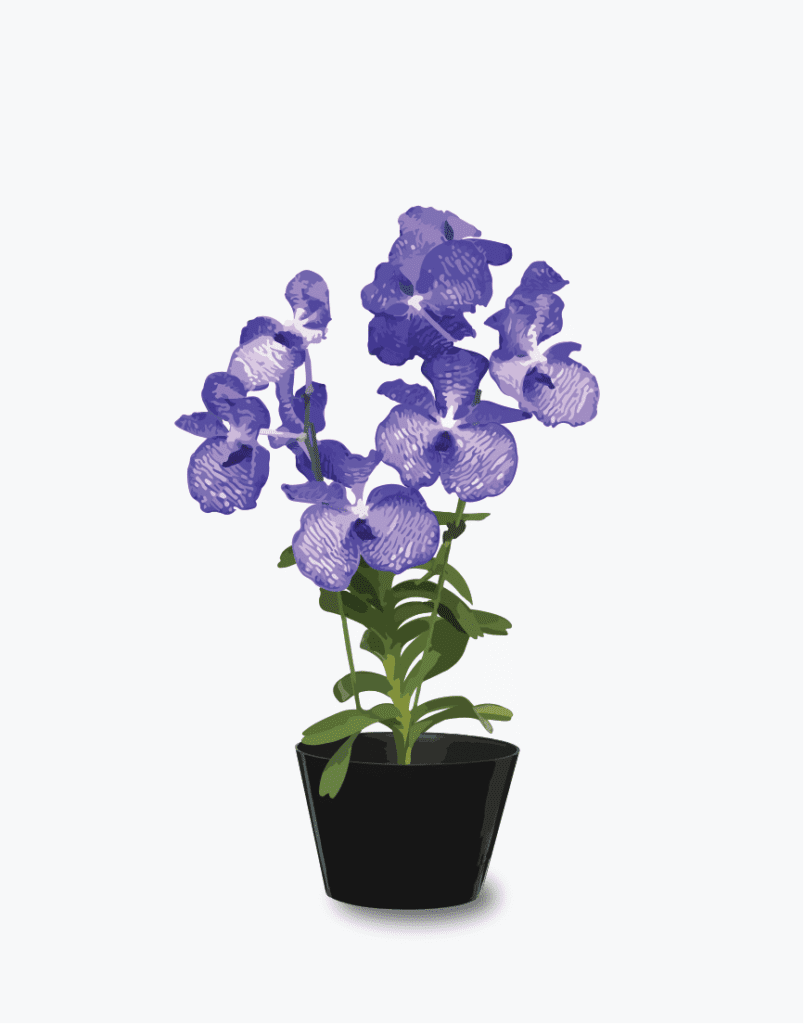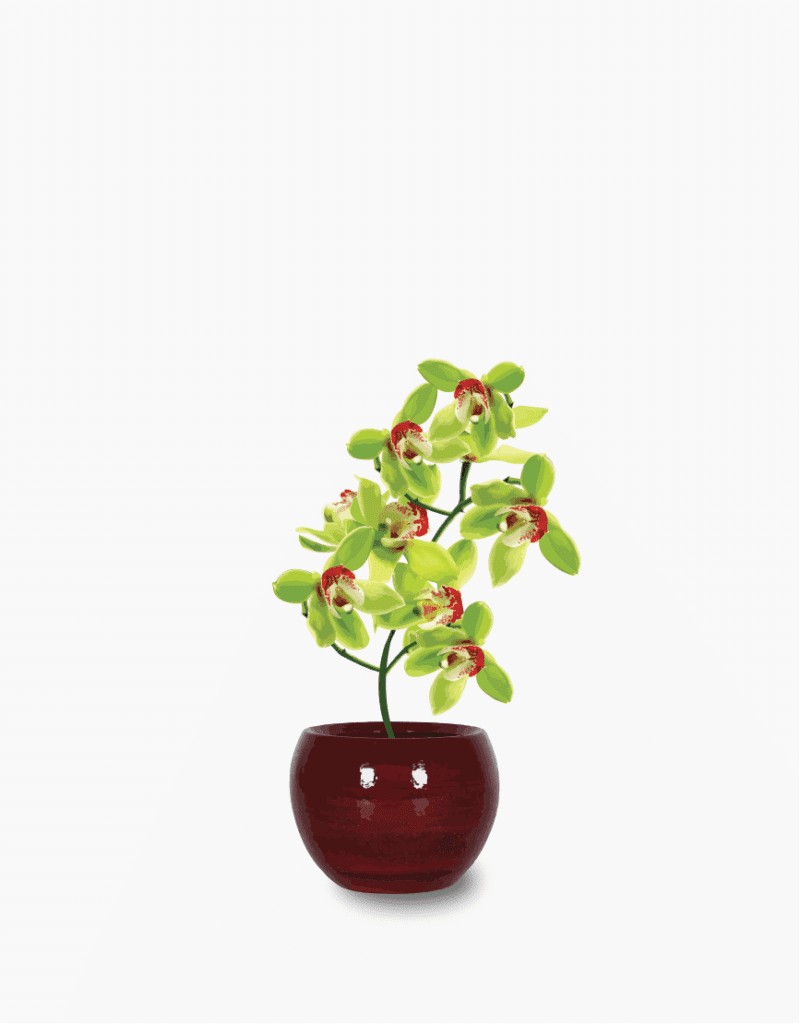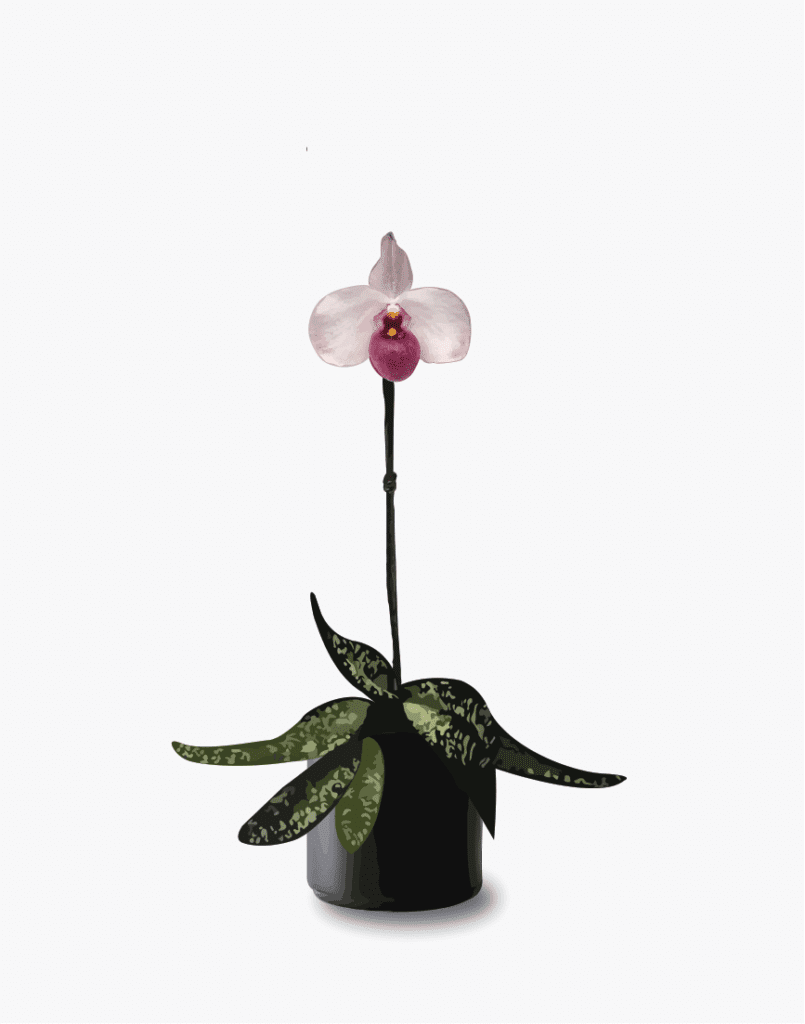The early focus on art in the NFT space is a milestone for creators when it comes to monetizing and distributing their work. But these “static” immutable NFTs appeal most to crypto-native collectors. “Dynamic” NFTs, on the other hand, offer a new level of engagement and utility for a much broader audience – virtually anyone who spends time in any digital sphere.
Because dynamic NFTs change to reflect shifts in the real world, they also approximate the responsibility of owning tangible, organic, even living valuables. Portable dynamic NFTs that can be rendered in any metaverse mimic real-life relationships with objects, pets and people that are influenced by infinite variables.
This is the idea behind CryptOrchids, the first NFT project to bring an entirely on-chain gaming experience to the Ethereum network. Creator Sam Bauch was inspired to merge concepts from idle games, alternatives investments and living houseplants into a portable dynamic plant NFT with randomly generated rarity during the Spring 2021 Chainlink Virtual Hackathon – his very first foray into smart contract development.
Having spent a decade building web and mobile apps for companies like VaynerMedia and WeWork, Bauch said smart contracts presented an interesting new paradigm that felt like true programming. His fascination with NFTs valued by both their rarity and how well they’re maintained led him to the Chainlink Spring Hackathon, where he created CryptOrchids NFTs that must be “watered” every seven days or else they’ll die.
“I’ve always liked hackathons in the sense that they force you to simplify and focus, something I find many crypto projects struggle with,” Bauch said. “The hackathon experience itself was incredible. I immediately found myself getting and giving help and the Chainlink team and community were so supportive.”
Bauch was inspired to make NFTs more organic by a visit to his childhood home, where he and his brother had planted a tree on Earth Day 20 years ago. “There was something special about that for me, this idea that this tree could far outlive any website I’ve made, but that its survival wasn’t guaranteed; it needed resources,” he said. “I wanted to create an NFT that you have to care for, pay attention to and love for it to maintain value.”
CryptOrchids uses Chainlink VRF (Verifiable Random Function) to mint new NFTs from 10 unique species with varying degrees of rarity. There will only ever be 10,000 CryptOrchids in existence, and because CryptOrchids can die, their value stems from both their rarity and how long they’ve been alive. “Unlike most NFTs, CryptOrchids are persistent, but they are not permanent,” Bauch explained.

Blue Vanda 
Shenzhen Nongke Orchid 
Vietnamese Paphiopedilum
Minting provably rare CryptOrchids with Chainlink VRF not only creates an interactive, real-life gaming experience; it also enhances their uses as cross-metaverse possessions. “The future that excites me, and which feels inevitable, is one where I can own NFTs that embed instructions for how to render any type or class of item in any metaverse, any plane of existence we have now or might create in the future,” Bauch said.
“I want to buy a house from a famous architect that can be rendered in any of the metaverse games that exist or will exist. CryptOrchids is an attempt to push this portability notion just a tiny bit further.”
To learn more about CryptOrchids check out their official site, almanac, Twitter and Discord.
Read more about Chainlink’s latest integrations here.





